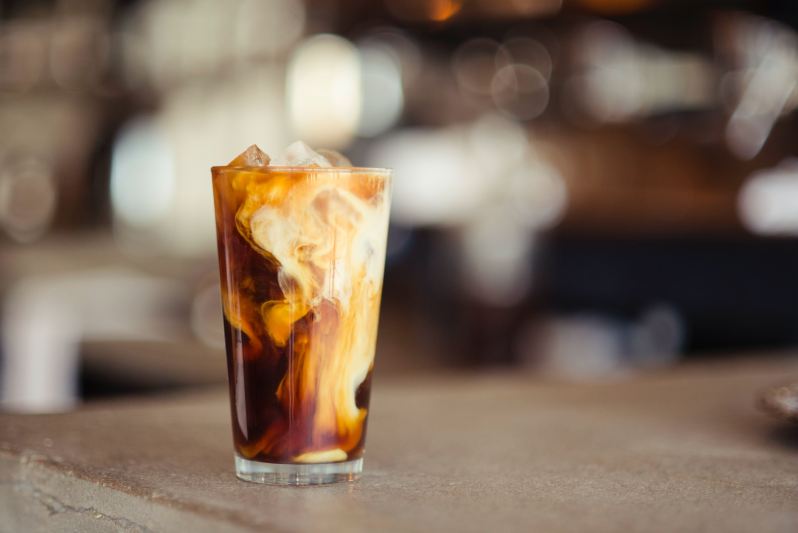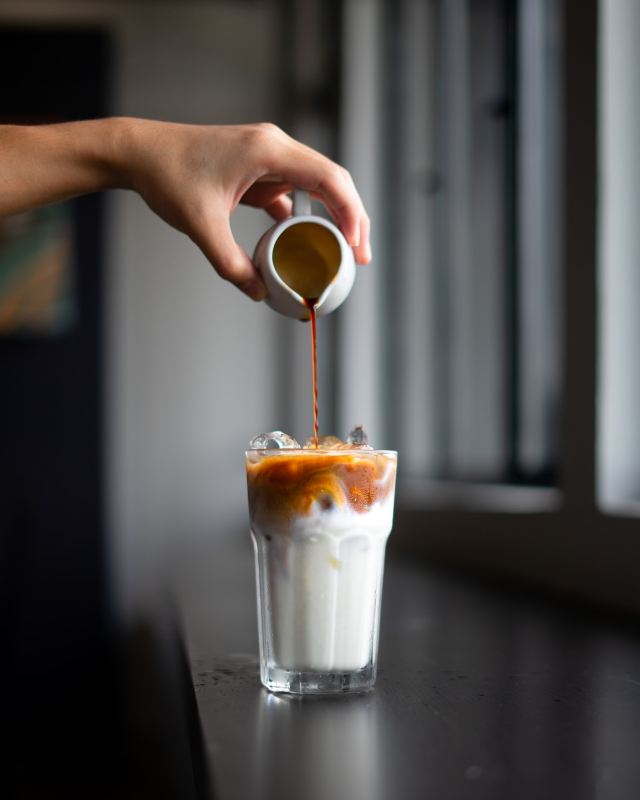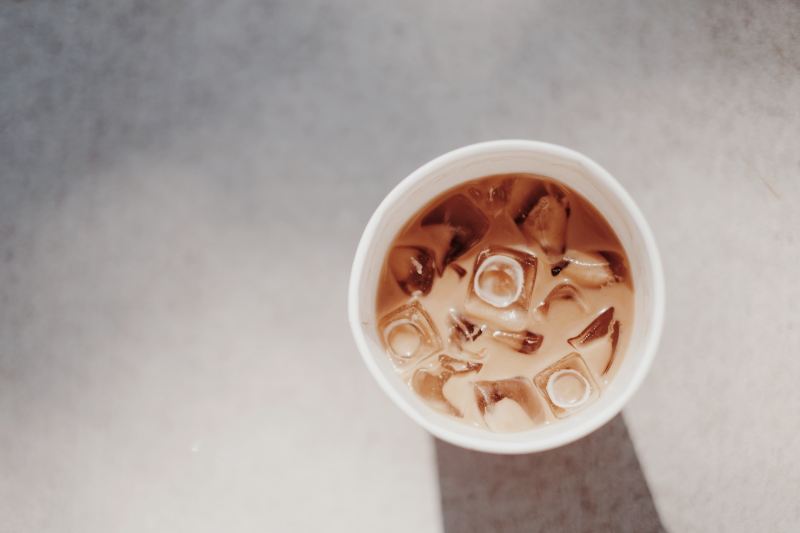
We all love a good iced latte. Particularly in the summer months when the mornings are steamy, that chilled caffeine rush is really the only way to start the day. Though, what started out as a once-a-day breakfast caffeine treat has now evolved into something most of us are sipping on constantly throughout the day. Of course, there’s the one that gets us out of bed in the morning. But then that 10 a.m. meeting rolls around, and we’re desperate for another. Then there’s the post-lunch crash when that beautiful iced latte is an absolute requirement, and before we know it, we’ve crushed several before the day is even close to over. So, there’s really no reason we shouldn’t be getting the most out of these popular, nay, necessary beverages in all of our doses.
We all know how to make an iced latte, right? Well, as it turns out — not so much. Typically, this simple drink is made by pouring coffee over ice, then topping it with your creamer and/or sweetener of choice, stirring, and sipping. And while that’s almost correct, one clever TikToker reveals that it’s actually the incorrect way to make an iced latte.
@whiterosecoffee You’ve been making Iced Lattes WRONG! ❌ #coffeetiktok #icedcoffee #icedcoffeeroutine #baristagram #baristalife #howto #EatFreshRefresh #sundaybrunch
In the TikTok video, a barista from White Rose Coffee explains that it’s best to actually put the milk in before the espresso. Why? It turns out that cold ice hitting piping hot espresso doesn’t make for the best combination. The barista explains that in the same way dry ice burns our skin, regular ice can scorch espresso because it comes out of the machine so hot. Burned espresso can cause your iced latte to taste watery and over-extracted. By adding the milk to the glass first, you will avoid shocking the espresso and therefore create a much richer, tastier iced latte.
So the next time you go to make yourself a tall, refreshingly smooth burst of velvety caffeine, remember — the milk goes in first.

Iced latte recipe
Ingredients
- 2 shots espresso
- 2 teaspoons sugar, honey or maple syrup, to taste
- 8 ounces milk (any variety)
Method
-
Pour milk into a tall glass filled with ice.
- Add sweetener to milk.
- Pour espresso into the glass and stir until all of the ingredients are combined.

Iced latte tips and tricks:
- No matter what kind of milk you use for your iced lattes, this method will work. Just be sure to add it to your ice before your espresso.
- As with many mixed coffee drinks, feel free to mix up your flavors and get creative by blending different milks and sweeteners.
- If you prefer to make your iced lattes ahead, just omit the ice in the recipe. Combine the espresso and milk and refrigerate for up to 3 days. When ready to drink, simply pour over ice.



